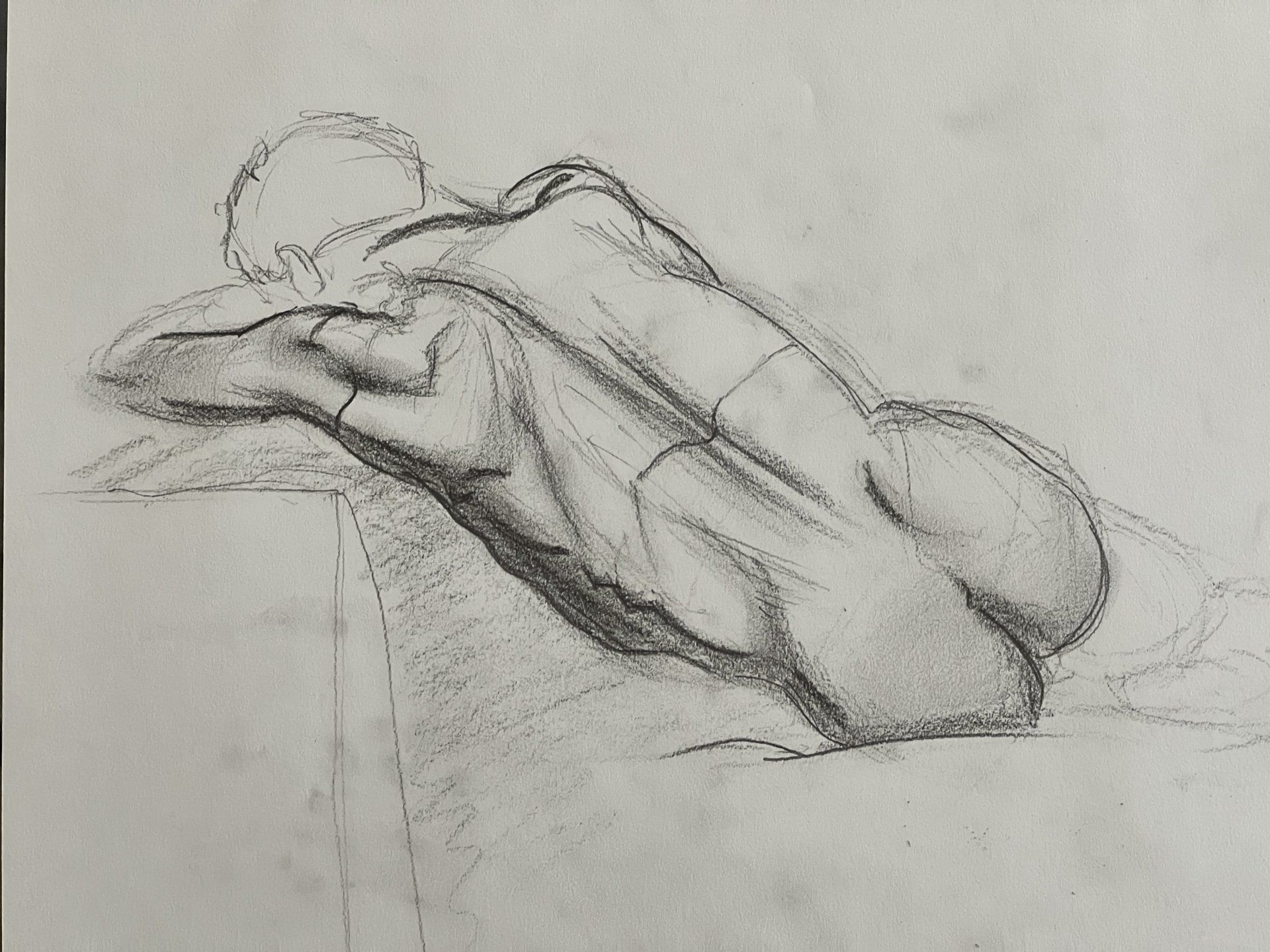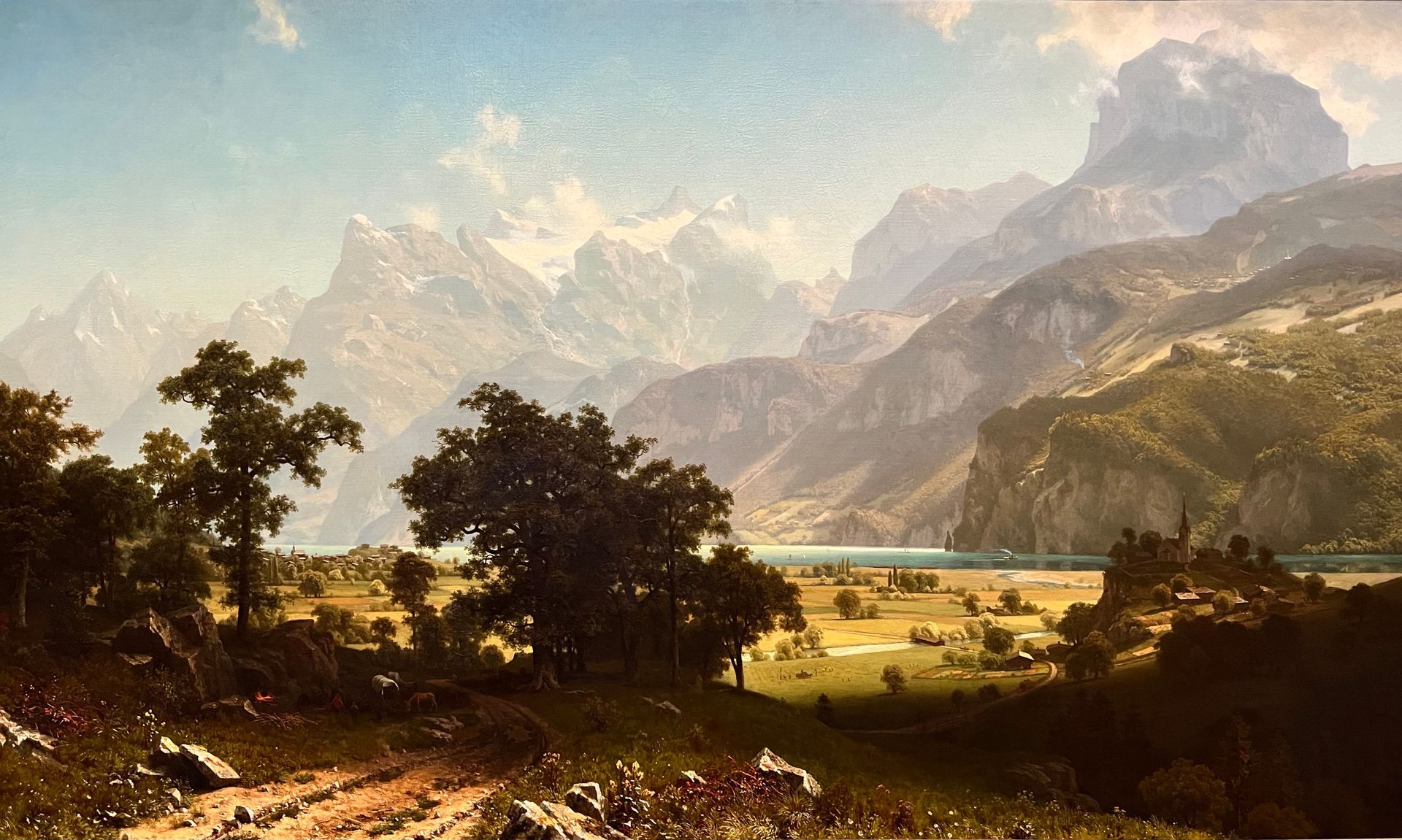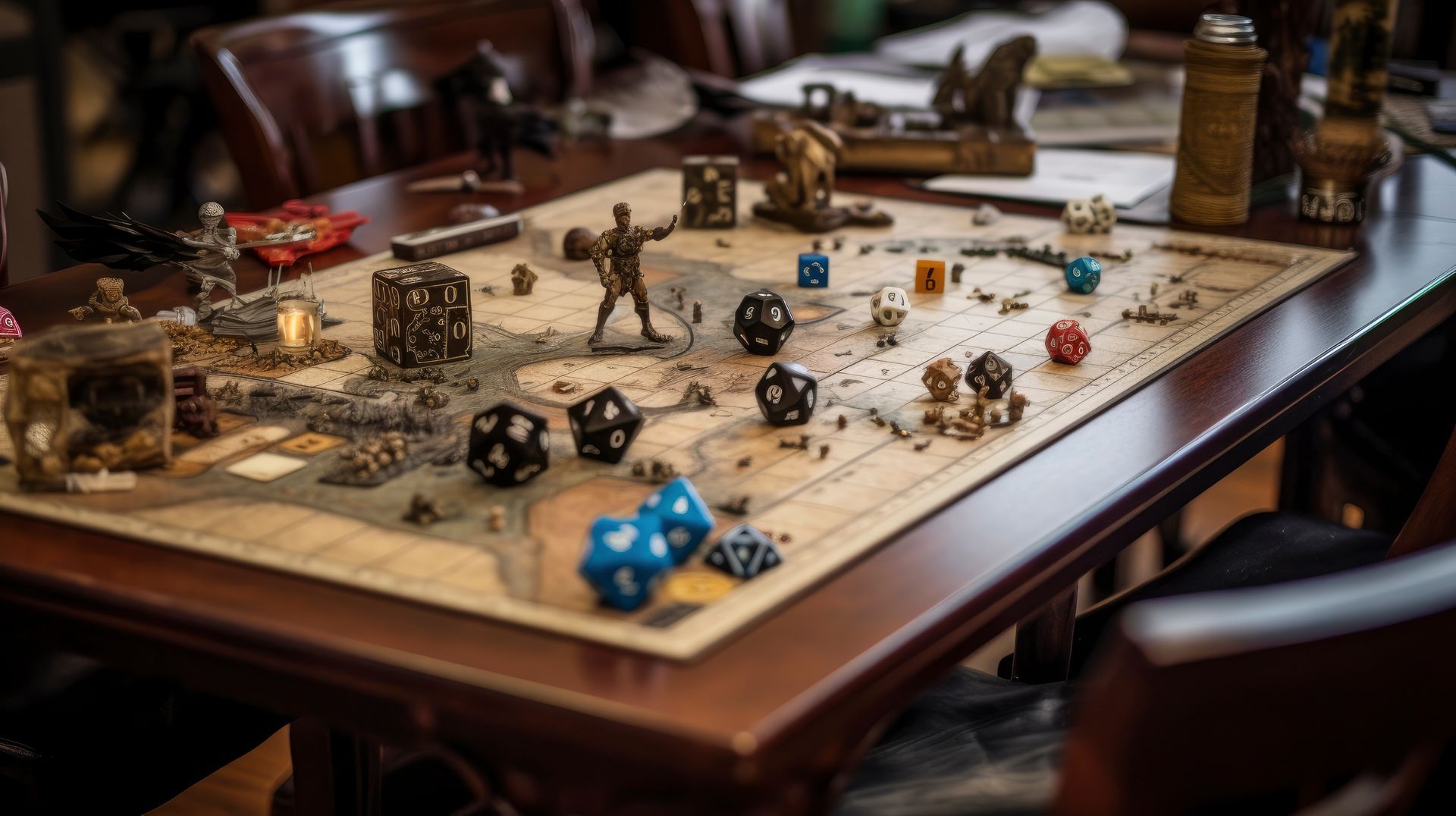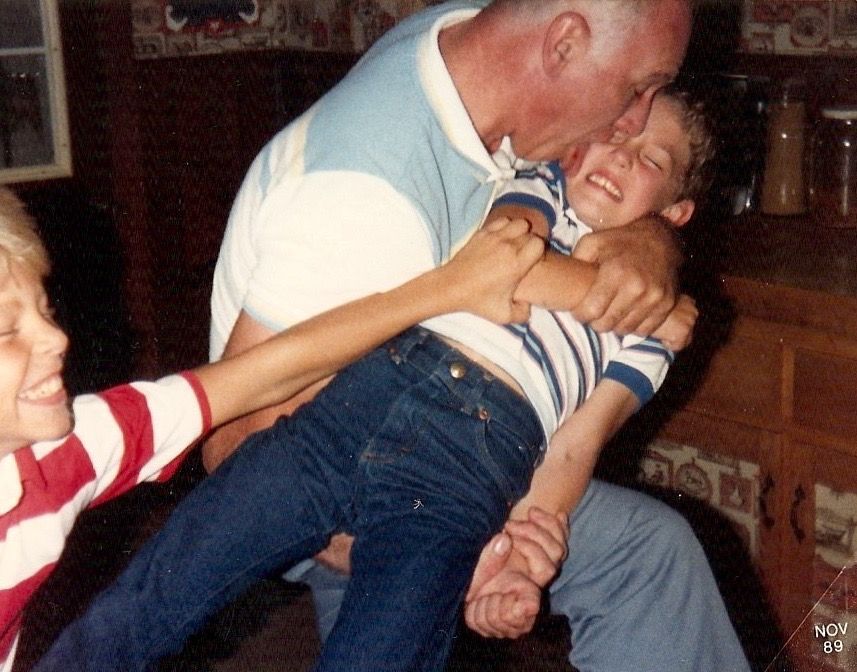Move In the Direction of the Curve
Finding pleasure in the grind.

When I attended NYU I took a few classes from the now Academy Award winning documentary filmmaker, Carol Dysinger. She's an amazing human being and is one of my all-time favorite teachers. She taught both documentary and editing. In both of those classes, part of our class time was usually spent showcasing work that we'd filmed to garner feedback (from both the professor and other students).
It was not uncommon for someone to comment about how something could have been filmed, or "if they'd only shot an additional angle," etc. Carol was always quick to cut that student off to make the acute observation that an editor can only work with the footage provided. It doesn't help to lament what could have been, you have to work with what you have.
Carol had an amazing talent for looking at your footage and seeing the potential beyond what you'd presented in its current state. She helped you understand the emotion of something you'd captured, before it existed in edited form. It could be a matter of shaving off a few frames here, or cutting to a reaction shot a little earlier, or rearranging shots altogether.
Most intriguing was her observation that sometimes the editor needs to "move in the direction of the curve." This phrase was used to elicit a driver on the road who wants to continue driving straight despite the road curving to one side or the other. Practically speaking, we might have set out to write, capture, edit, and deliver one type of story, but the footage you have in front of you is not allowing that story to come to fruition. Therefore let the footage speak to you. Listen to it. What direction is the footage taking you? Move in the direction of the curve.
It was not uncommon for us to feel freed by these words. You know what, you're right. I didn't film the story I thought I'd made, so it's time to put that aside and enjoy making this new film with the footage on hand. Move in the direction of the curve.
These words came to my mind this week as I continued my struggle to simply enjoy drawing. But it hit me, like a ton of bricks, that my problem might not be drawing itself, but what I'd chosen to draw. I'd gotten stuck in my head that in order to be good at the type of art I wanted to master (drawing animated storyboards), I needed to get really good at anatomy. And anatomy is really, really hard. Suffice it to say, despite my wanting to learn, I found it very difficult to sit down and pursue this avenue. I was trying to drive straight when the road was curving.
While falling down a YouTube rabbit hole this week I stumbled onto a video discussing "5 CRUCIAL Habits to Become a Better Artist."Herein, the host's first recommended habit dealt with defining your "main quest" and your "side quests." This guy totally speaks my language. The first question you need to answer is what kind of artist do you want to be? That's your main quest. But don't feel like you have to learn every type of art out there to be good at the one thing you're trying to do best.
For example, if you want to be a great landscape artist, it can't hurt to know how to draw vehicles, but vehicle design is an art unto itself. To the landscape artist, vehicle design is a side quest. It's something you can dabble in, but don't let it distract you from your main quest.
For me, my goal is to become a better film director. Unfortunately, if you aren't being paid to do this full time, it's an impossibly expensive hobby. If I'm lucky I'll get to direct one or two small projects a year. To combat this, I decided I could focus on two areas that will help me to grow stronger as a director even though I can't be on set or in pre-production everyday.
The first area is to take acting classes to keep that muscle strong for directing actors. And secondly, I wanted to learn how to drawn animated storyboards using 3D software. This way, even though I'm not on set, I can practice camera placement and movement, working out how shots can elicit emotions in an audience. To pull this off I believed I need to master anatomy. After all, I need to draw people over and over again, so it stands to reason anatomy must come first. But that's not true at all.
Instead, I need to learn 3D software and practice drawing and animating storyboards, even if I'm using stick figures. THAT will get me closer to my goal. Anatomy is a side quest. Something to dabble in and get better at over the long term.
This idea freed me up. It gave me a small sense of joy. I could see, or rather feel, the road curving. All I have to do is move in the direction of the curve.


